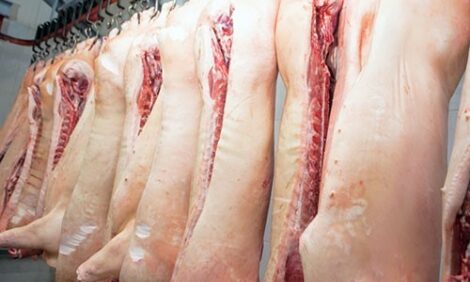



New Zealand Ready to Confront Any FMD Incursion
NEW ZEALAND - An on-farm exercise run by the Ministry for Primary Industries (MPI) shows that New Zealand is well prepared to manage the biosecurity aspects of a foot and mouth disease (FMD) outbreak, the ministry has said.MPI Acting Director Investigations, Diagnostic Centres and Response (IDC&R) John Sanson says the 1-day exercise at a dairy farm in Te Rapa in the Waikato is part of a suite of work underway to make sure the country is well prepared to deal with the disease.
The scenario began with an incident controller arriving at the farm and taking over from a surveillance veterinarian on site. About 30 people (including observers) took part in the exercise. No animals were involved in the exercise.
"In an outbreak, a property with even one infected animal would have to have all of their FMD- susceptible stock humanely destroyed within 24 hours. This would include all cattle, sheep, deer, pigs and goats. There would also be national movement restrictions put in place immediately when the disease is confirmed, to reduce the risk of the disease being moved around the country by infected livestock," he said.
"We wanted to test how our operational plans for destroying animals, disposing of carcasses, quarantining a property and disinfecting vehicles and equipment fit together in the field, as well as how the on-farm roles work together."
Mr Sanson says the plans have been developed over 3 years, in partnership with the livestock industries and local government as well as overseas input.
"We have tested our plans to make sure they will work for the people who will be using them in the unlikely event of an outbreak," he said. "We have also identified a few gaps to work on. We’re confident these plans are in good shape to help us to swiftly deal with an FMD outbreak if that is something we ever face."
It is estimated that a large outbreak of FMD could cost New Zealand $16 billion, a cost of more than $3000 for every New Zealander. A large outbreak like that in the UK in 2001 would cost considerably more.








